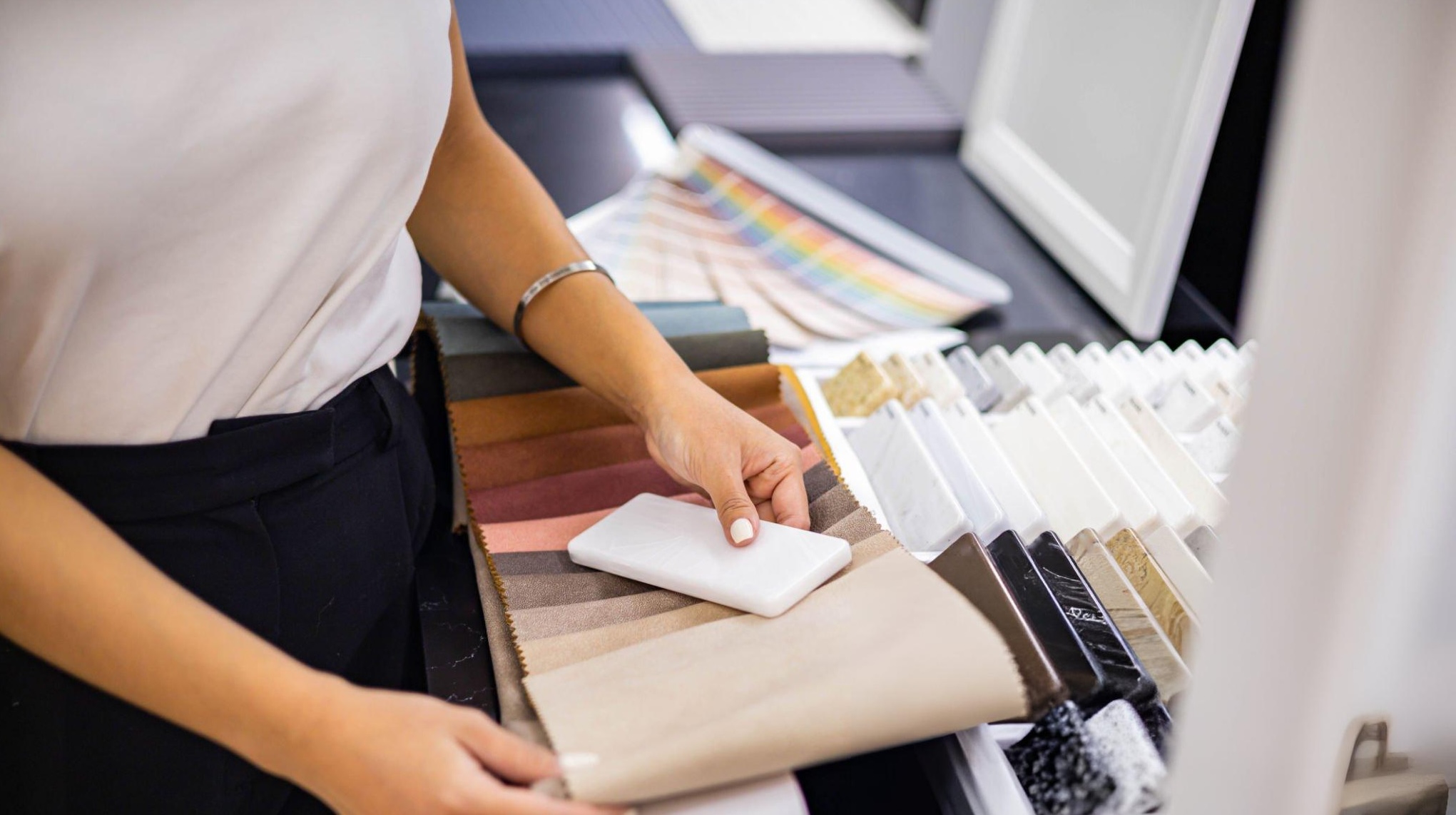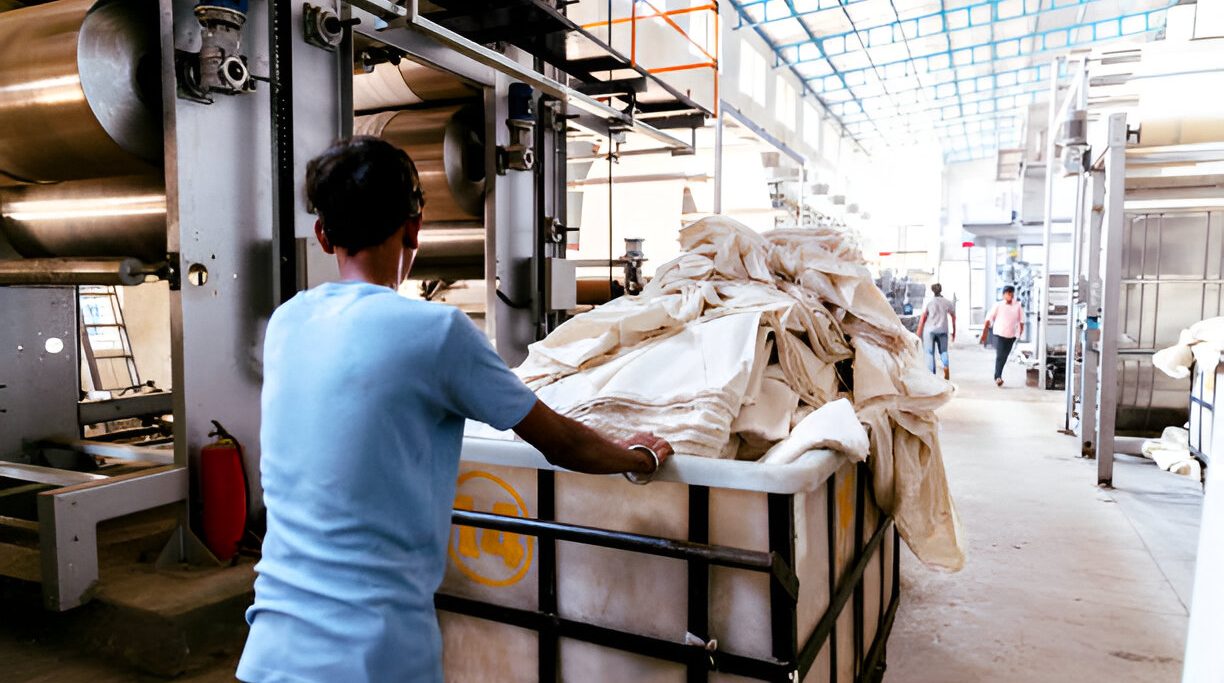Choosing the right fabric for your clothing line is one of the most critical decisions you’ll make as a fashion designer or brand owner. The fabric you select can define the quality, comfort, and overall appeal of your garments. It affects how the clothes drape, feel, and last, as well as how they are perceived by your customers. In this guide, we’ll explore the essential factors to consider when selecting fabrics for your clothing line, ensuring that you make informed decisions that align with your brand’s vision and customer expectations.
1. Understand Your Brand’s Identity and Target Market
Before diving into fabric selection, it’s crucial to have a clear understanding of your brand’s identity and the needs of your target market. Are you creating a luxury line, casual wear, athletic apparel, or eco-friendly fashion? Each type of clothing demands different fabric qualities.
– Luxury Brands: Opt for high-end fabrics like silk, cashmere, and fine wool, which exude quality and sophistication.
– Casual Wear: Consider fabrics like cotton, denim, and jersey that offer comfort and durability.
– Athletic Apparel: Look for performance fabrics like moisture-wicking polyester, spandex, and nylon that provide stretch and breathability.
– Eco-Friendly Fashion: Choose sustainable fabrics such as organic cotton, hemp, and recycled materials to appeal to environmentally conscious consumers.
Understanding your brand’s identity and the expectations of your customers will guide you toward the right fabric choices.
2. Consider Fabric Characteristics
Each fabric has unique characteristics that can impact the fit, comfort, and longevity of your garments. Here are some key fabric properties to consider:
– Weight: The weight of the fabric affects how the garment will drape and feel. Lightweight fabrics like chiffon and silk are ideal for flowy dresses and blouses, while heavier fabrics like wool and denim are better suited for structured garments like coats and jeans.
– Texture: The texture of the fabric can influence the style and comfort of the clothing. Smooth fabrics like satin and silk are often used for elegant evening wear, while textured fabrics like tweed and corduroy add visual interest and warmth.
– Durability: Consider the durability of the fabric, especially for items that will undergo frequent wear and washing. Fabrics like cotton and polyester blends are known for their resilience, while delicate fabrics like lace and chiffon require more care.
– Breathability: Fabrics like cotton, linen, and bamboo are breathable and comfortable in warm weather, making them ideal for summer collections. Synthetic fabrics like polyester may offer less breathability but are often more durable and moisture-wicking.
– Stretch: For activewear or fitted garments, fabrics with spandex or elastane offer the necessary stretch and recovery, ensuring a comfortable fit.
3. Evaluate Fabric Performance
The performance of a fabric refers to how well it meets the functional needs of your clothing line. This includes factors like how the fabric responds to washing, its resistance to wrinkles, and its colorfastness. Here’s what to consider:
– Washability: Ensure the fabric can withstand repeated washing without losing its shape, color, or texture. Fabrics like cotton and polyester are generally easy to care for, while silk and wool may require special handling.
– Wrinkle Resistance: For professional or travel-friendly garments, consider wrinkle-resistant fabrics like polyester blends, which maintain a crisp appearance even after packing.
– Colorfastness: Fabrics should retain their color after multiple washes. Test fabrics for colorfastness, especially if you’re using vibrant or dark colors.
– Pilling and Shrinkage: Pilling and shrinkage can affect the appearance and fit of your garments. Test fabrics for these issues to ensure long-lasting quality.
4. Sustainability and Ethical Considerations
With growing awareness of environmental and ethical issues in fashion, sustainability is becoming a critical factor in fabric selection. Consumers are increasingly seeking out brands that prioritize eco-friendly and ethically sourced materials.
– Organic and Natural Fibers: Organic cotton, hemp, and linen are grown without harmful pesticides, making them more sustainable options. These fibers are biodegradable and often require less water and energy to produce.
– Recycled Materials: Fabrics made from recycled materials, such as recycled polyester or upcycled cotton, help reduce waste and conserve resources. They’re an excellent choice for brands looking to minimize their environmental footprint.
– Ethical Sourcing: Ensure that the fabrics you choose are sourced from suppliers that adhere to fair labor practices and environmentally responsible production methods. Certifications like GOTS (Global Organic Textile Standard) and Fair Trade can provide assurance of ethical sourcing.
5. Cost and Budget Management
While it’s tempting to choose the highest quality fabrics, it’s essential to balance quality with cost, especially if you’re working within a budget. Here are some tips:
– Cost-Effective Alternatives: If premium fabrics are out of reach, look for high-quality alternatives that offer similar characteristics. For example, a cotton-polyester blend may provide the durability of polyester with the softness of cotton at a lower cost.
– Bulk Purchasing: Buying fabric in bulk can often lead to significant savings. However, be cautious and ensure that the fabric meets your needs before committing to large orders.
– Supplier Relationships: Building strong relationships with suppliers can lead to better pricing, more consistent quality, and access to exclusive materials. Don’t be afraid to negotiate and ask for samples to evaluate before purchasing.
6. Test and Prototype
Before committing to a fabric for mass production, it’s crucial to create prototypes and test the fabric’s performance in real-world conditions. This allows you to assess how the fabric behaves during wear, washing, and movement.
– Fit and Comfort: Ensure that the fabric provides the desired fit and comfort for your target market. For example, if you’re designing activewear, test how the fabric stretches and recovers after movement.
– Durability Testing: Wash and wear the prototype several times to evaluate the fabric’s durability. Look for signs of fading, pilling, or loss of shape.
– Feedback Loop: Gather feedback from fit models, customers, or peers in the industry to identify any potential issues with the fabric and make adjustments as needed.
7. Stay Informed About Trends
Fabric trends can change with consumer preferences and advancements in textile technology. Stay informed about the latest trends in fabrics to keep your clothing line fresh and relevant.
– Technical Fabrics: Innovations in textile technology are leading to the development of fabrics with enhanced performance features, such as moisture-wicking, UV protection, and antimicrobial properties.
– Sustainable Innovations: Keep an eye on emerging sustainable fabrics, such as those made from algae, mushrooms, or lab-grown fibers. These materials offer new opportunities for eco-friendly fashion.
– Cultural Influences: Fabrics inspired by cultural heritage or traditional techniques, such as handwoven textiles or natural dyes, are gaining popularity as consumers seek authenticity and craftsmanship.
Choosing the right fabric for your clothing line is a critical step in ensuring the success and longevity of your brand. By understanding your brand’s identity, considering fabric characteristics and performance, prioritizing sustainability, managing costs, and staying informed about trends, you can make informed decisions that resonate with your customers and set your clothing line apart in a competitive market. Remember, the fabric you choose is more than just a material; it’s a key element in defining the quality, comfort, and appeal of your garments. Take the time to choose wisely, and your efforts will pay off in the form of satisfied customers and a thriving brand.



